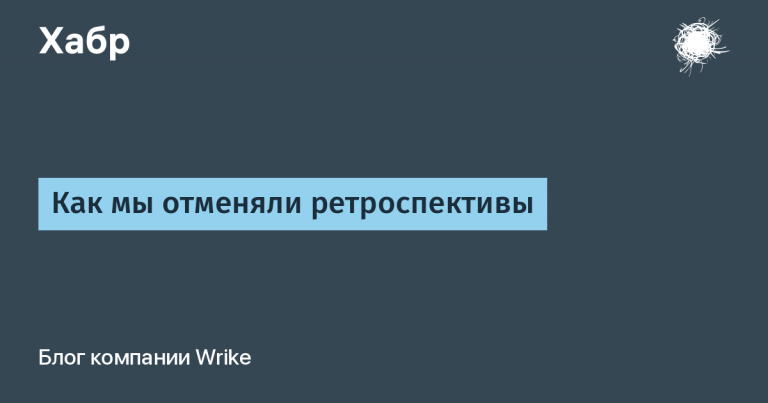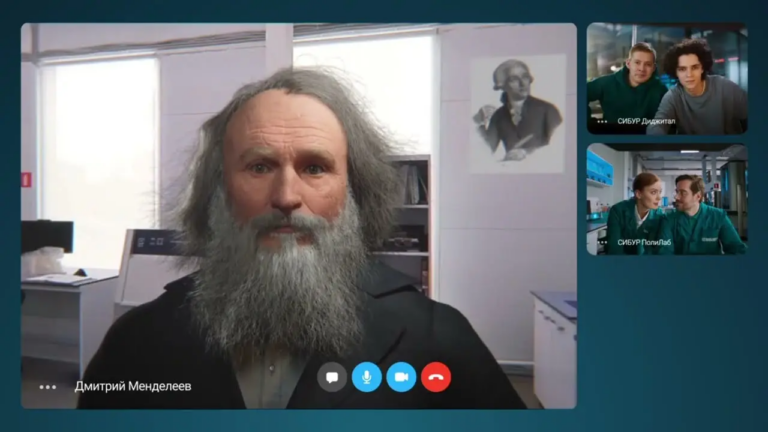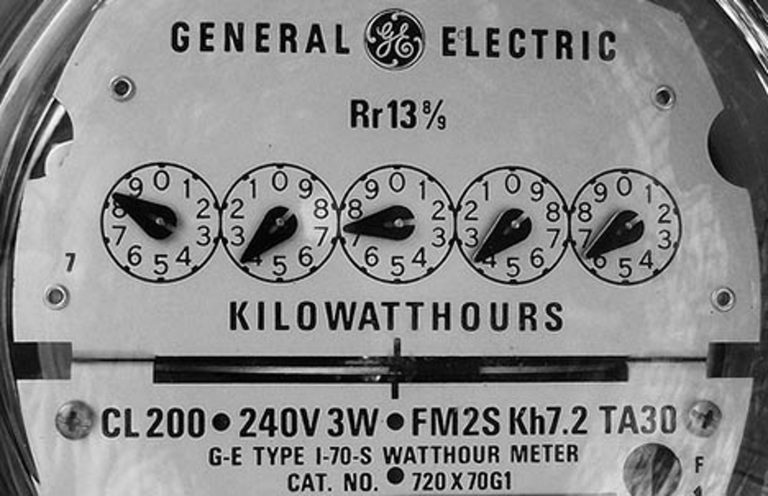the story of a marathon to earn money for a dream
The birth of an idea
After spending several months in complete home quarantine during the first wave of COVID-19, I, like many others, was faced with the problem of buying groceries. Ordering online is great, but where? Which store to choose? After all, when ordering online, as a rule, you pick up a lot of goods at once and it would be great to know where it is most profitable to place an order today. Manually checking the prices of all products from the cart is quite a labor-intensive task, even if you check through 3-4 networks.
Returning to the office after quarantine, I discussed these thoughts with a colleague. The idea came to create a mobile application that will allow you to select the necessary products and in one click find the most advantageous offer for the entire basket. This is how the idea of creating a price monitoring service came about.
First money and our first investor
Having experience in software development, my partner and I understood that it would take at least 6 months to create the first working version of a mobile application. For a successful start, we needed 1 million rubles, which included salaries for two people, the cost of renting premises and equipment for work. After the application was released, money would be required for advertising, support, bug fixes, expanded functionality, and a sales department. We didn’t have our own funds for the entire cycle of bringing the application to the market, but we didn’t want to abandon the idea, since it seemed extremely promising, because in the free application for customers it was possible to place advertisements from product manufacturers and retail chains.
Among our friends there were no people who wanted to invest a similar amount in a startup. We decided to contact the management of the company we worked for at that time.
Having told our idea and the prospects for its development to the general director, we said that we would be working on a new project and therefore decided to quit. We also offered to invest in the project and receive a share of 30% in it (yes, there was a certain risk in this, since we could have been left without work and without money for the project, but we decided to take the risk). Two tense days passed while waiting for an answer. As a result, the management decided to give us the requested money, and in addition offered to finance the project for not 6 months, but 1 year, with the condition of going on sale in a year. In addition to finance, we received the opportunity to access the office and work on the company’s equipment. But the share that went to management increased to 50%. We also had to take a 30% reduction in our salary, but we were quite happy with this, since we received support for a longer period and chances for successful development of the project!
A wrong turn or how we expanded the service concept
After 5 months of development, the first version of the mobile application was uploaded to Google Play. In it, users could find out information about prices for only 12,000 products in 5 cities and 300 stores, however, our price monitoring service “Cenosaur” began to be downloaded, and from different regions of the country!
In just a few days, a lot of reviews with similar content were received: “The application is interesting, but my city is not there.” At this point, the approach to the project was revised for the first time. It was decided that it needed to be developed at the level of the entire country, since people in different cities faced the problems in comparing prices that we ourselves faced.
Work has begun to expand the geography of cities represented in the application. After another 3 months, when there were already 83 cities in the application, and more than 30,000 products, our first b2b client contacted us through the application, who was looking for a tool for monitoring retail prices in retail chains. It turned out that our service is of great interest to companies.
After discussing new circumstances, it was decided to expand development towards a business service, which meant that we needed new developers, marketers and sales people, and most importantly, money for all this. And they were needed here and now!
Feverish search for funding sources
In the process of visiting all our acquaintances and not so familiar people, we learned about the Innovation Promotion Fund (IFI), which issues grants for innovative companies. Having understood the aspects of working with the fund and having prepared all the necessary documents within a month, we sent an application for a grant in the amount of 3 million rubles under the Start program. The following month we took part in a regional exhibition to attract the attention of investors. Unfortunately, we never found them.
Having highlighted our contacts when submitting an application to the FSI, we received an invitation to qualify for the Archipelago 2121 accelerator program, where we could improve our business skills, and in addition, if we reached the finals, we would have the opportunity to “pitch” to investors. So the entire next month was devoted to participation in this accelerator, during which we had the opportunity to simultaneously submit another application for the competition from the Start Fund, which we did.
At the beginning of the next month, we finally received a response to the first application from the FSI… there was a refusal. But a day later our second application was considered. And this time we received a positive response – our project was supported by a grant! I’ll say right away: we saw the money in the account in the fifth month after the positive decision, after all the organizational and legal issues had been completed. But it was impossible to sit and just wait for the money to reach us. Our team applied for participation in accelerators from the Internet Initiatives Development Fund (IDF), VTB Bank, Magnit Corporation, and also reached the finals of the InnoWeek 2.0 innovation forum. At all these sites, in addition to new experience in building a business, there was an opportunity to “pitch” to representatives of corporations, venture funds, as well as private investors who gathered at the final demo day. Unfortunately, we received refusals from VTB and Magnit due to the fact that our project was not core for their corporations. As for IIDF, we were able to pass the selection and among the few teams successfully completed the accelerator, speaking at the demo day.
In parallel with the passage of the accelerator from IIDF, we met with our old friends who moved to live in the USA. Over the years of living there, our comrades managed to make acquaintances with people for whom the investments we required were simply nonsense. But we received a refusal from them: “We do not invest in companies operating in Russia.” And this despite the fact that our company’s plans go beyond the Russian market.
So, going through the IIDF accelerator took us another 3 months. We did not receive investments there, but we received our first sales and experience in developing a sales and advertising department, as well as information that large venture funds would not be interested in us until we reached a turnover of $1 million. But private investors will already have something to talk about with us, since we have confirmed the success of our business model with our first clients.
What happened next?
Over the year and a half of its existence, the project attracted 6 million rubles, 3 from the first investor and 3 from the Social Fund. Subsequently, we were faced with the task of finding another 27 million rubles, since our development goals greatly expanded from a simple mobile application towards an online price monitoring service for the business community. To solve the problem of raising money, our team applied for Skolkovo resident status. We also submitted an application for the second stage of the competition from the Start-2 Fund, where the grant amount was 7 million rubles. Based on the knowledge gained from accelerators and the first sales of the service, it was decided to intensify the search for private investors. At that time, due to rising prices, the number of downloads of the free Cenosaurus application increased 4 times!
Some results
As we were able to find out from our own example, in our country there are enough people with money, as well as many different funds, including government ones, who want to invest money as much as startupers want to receive it. Most of the funds and clubs of private investors are not listed here, since we ourselves have not yet checked whether it is possible to get money there, because these funds work with grants / investments from 50 million rubles. The most important thing in finding money for a startup is to “dig the ground” in search of opportunities and be 100% confident in the success of your idea and prove this to those with whom you communicate, be it a scientific commission from an innovation fund, a private investor, an investment manager of a venture fund or even your current employer!





